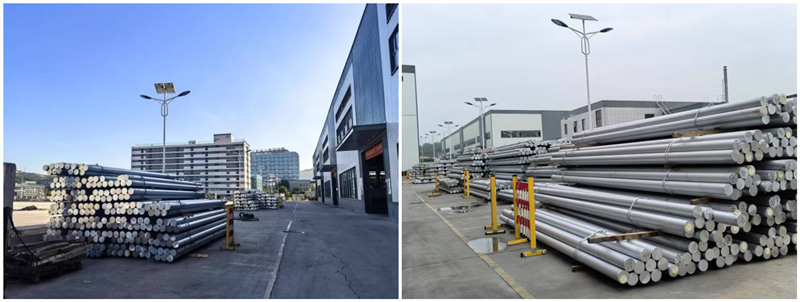At present, the aluminium industry is in a critical period of deep change and rapid development. From the perspective of industrial dynamics, globally, the aluminium industry is actively responding to the call for green development, accelerating the transition to cleaner production. From the point of view of the current industrial situation, China occupies a dominant position in the global aluminium supply chain. However, China's bauxite import dependence on foreign dependence is high.

Against this background, the U.S. tariff policy has brought a huge impact to the global aluminium industry. In the face of the challenges brought about by the U.S. tariffs, China's aluminium enterprises are actively seeking ways to cope with them. On the one hand, accelerate the layout of high-end aluminium field, increase R & D investment, promote the product to the direction of high value-added transformation, such as aviation panels, power battery foil and other products exports gradually increased.
On the other hand, the development of recycled aluminium industry, recycled aluminium energy consumption is only 5% of primary aluminium, in line with the demand for green development. Some enterprises use third countries such as Malaysia and Thailand for transit through re-export trade to reduce tariff costs. Other enterprises actively apply for green certificates, reduce export costs through digital carbon management system, layout of hydropower aluminium bases in Southwest China, and increase the proportion of green power, so as to meet the demand for green aluminium products in the international market.